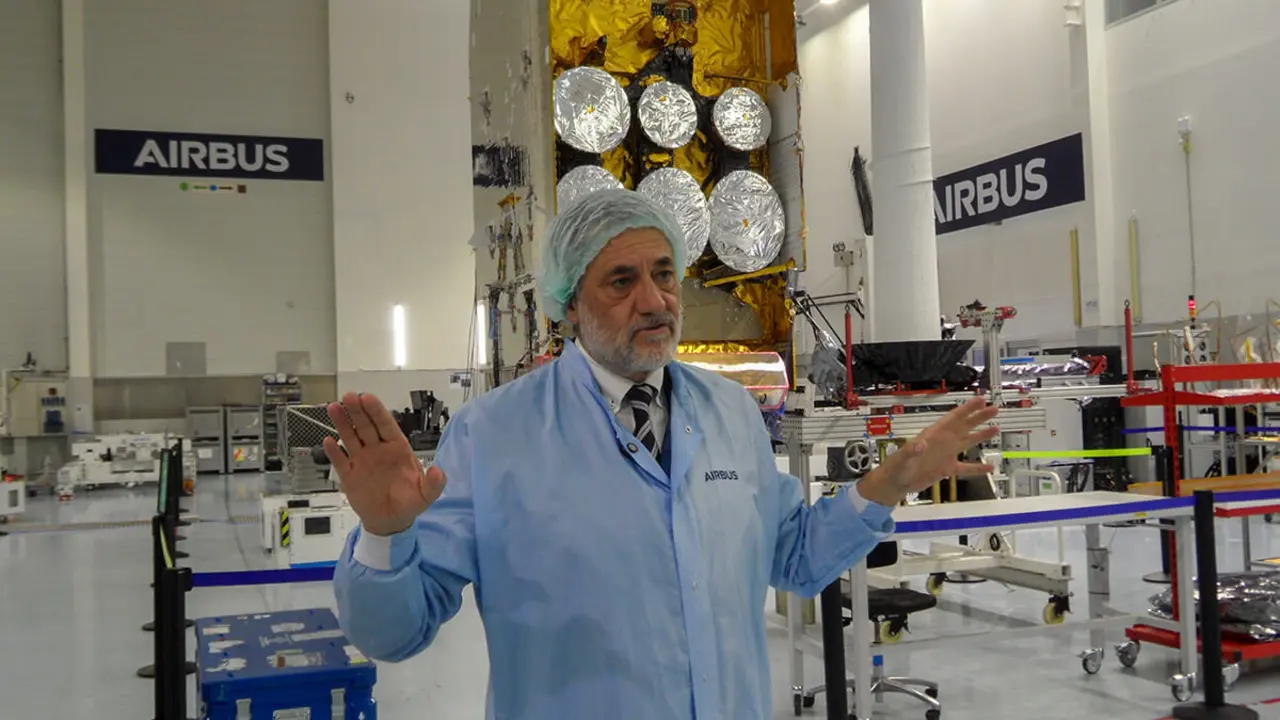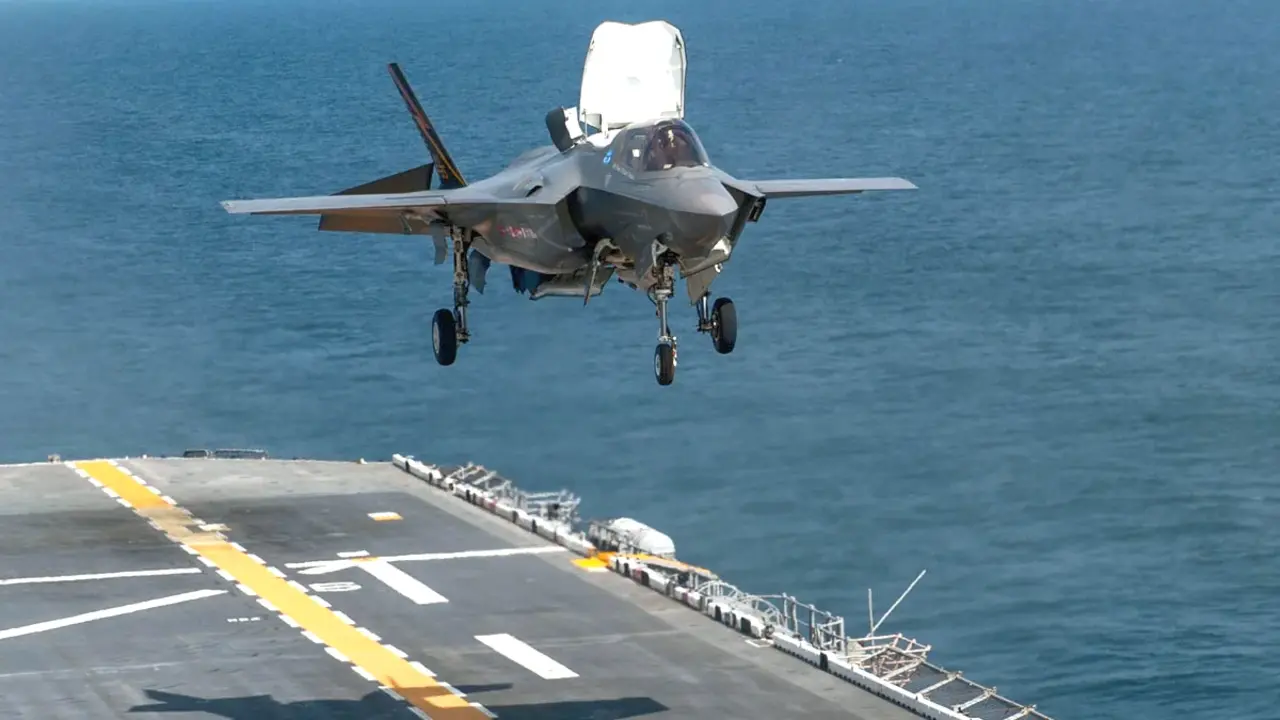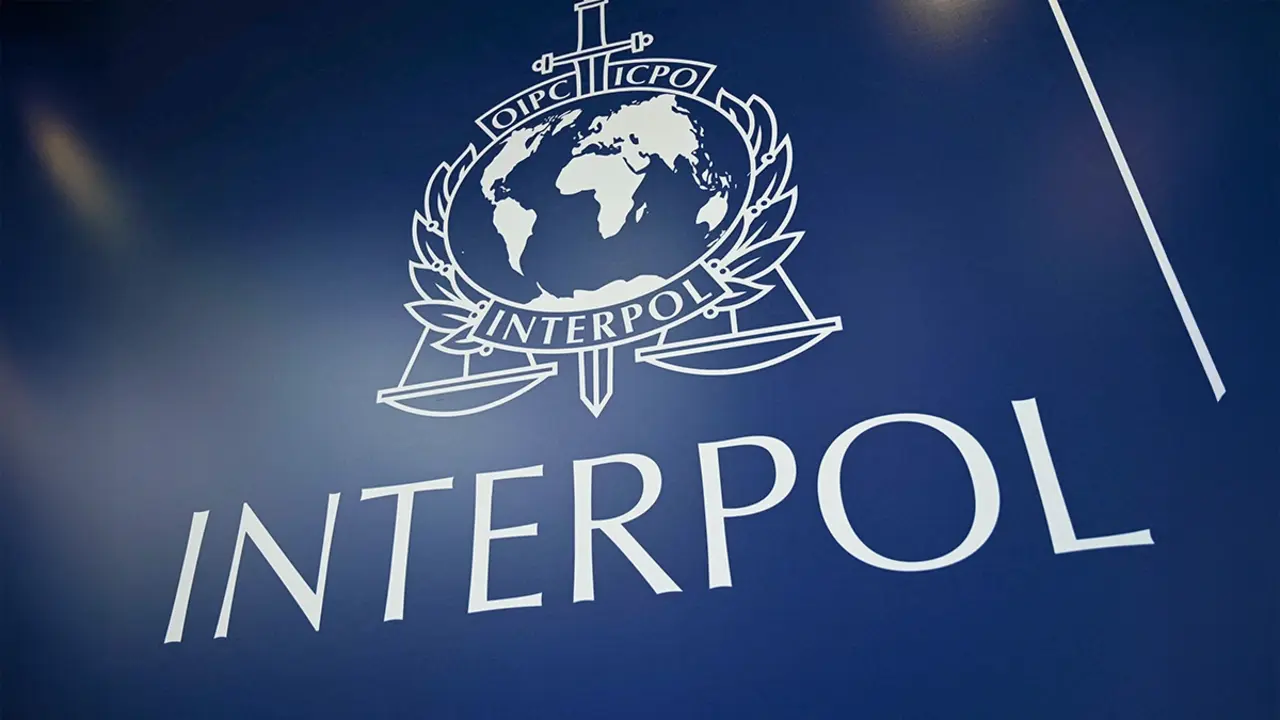European launcher Vega returns to space with three INTA ANSER satellites

The staff of the National Institute for Aerospace Technology (INTA), which since May 2022 has been directed by Air Lieutenant General Julio Ayuso, is expectant about the imminent return of the European launcher Vega to flight. It will take off from French Guiana and is scheduled for Saturday, 7 October, at 03:36 in the morning, Spanish peninsular time.
The success of the take-off of the European Space Agency's (ESA) Vega Flight number 23 (VV23) depends on the successful launch of three Spanish satellites, christened ANSER, which the Institute's engineers and technicians have made a reality. The constellation has been baptised with the name of the wild geese in Latin -anser-, whose flight resembles in a certain way the flight that the Institute's trio of small satellites will describe.
ANSER - an acronym for Advanced Nanosatellite Systems for Earth Observation Research - is a demonstration project consisting of three observation nanosatellites that, "functioning as a single integrated platform, will monitor the water quality of the marshes and reservoirs of the Iberian Peninsula," says Santiago Rodríguez Bustabad, head of the project.

Built to the CubeSat standard, each with a take-off weight of 3.4 kilos and the size of a shoebox, their main peculiarity is that they are designed to fly in formation between 400 and 500 kilometres above the Earth, in other words, "they must remain synchronised and keep a distance between them of around 10 kilometres," stresses Lieutenant General Julio Ayuso.
Each one fulfils a different mission and, "as in the flight of the geese, there is one that has been configured to be the captain of the group," explains Ángel Moratilla, head of the Institute's Space Department. "The main satellite, called the "leader", is in charge of communicating with Earth and coordinating and managing the activities of the other two, called "followers".

An innovative constellation
The three must therefore be interconnected to demonstrate that it is possible to split up the formation control system and the different equipment on board the trio of satellites.
Why put a trio of small spacecraft in space? The main technological objective of the mission is to achieve a high level of flight coordination capability. But the mission's main function is environmental. "It carries sensors, high-resolution mini-cameras and other technologies to determine the different levels of contamination of inland waters".
The engineers and technicians involved in the project have had to face different challenges. One of them has been to miniaturise all the equipment and subsystems, especially the hyperspectral camera. The Cinclus spectrometer must detect and measure the quantities of chlorophyll and phycocyanin in inland waters to determine their degree of quality.

This is achieved "from the low energy reflected by the water, so our constellation will complement and extend the measurements made in the field," says Rodríguez Bustabad, head of the Engineering, Integration and Validation area of INTA's sub-directorate general for Space Systems, headed by Ángel Moratilla.
With the approval of the then director general of the Institute, Air Lieutenant General José María Salom, the origin of the project dates back to 2017. The initial funding came from the Institute. But it has since been expanded with grants from the European Union's In-Orbit Demonstration/Validation programme, which seeks to accelerate the development of innovative technologies for space, and from ESA, whose final contribution is the launch into space.

Accompanied by nine other satellites
The operational lifetime of the ANSERs is estimated to be "between two and three years", says Moratilla, as "they have no propulsion system and their on-board equipment will degrade due to the effects of cosmic radiation". And when they are decommissioned, "they will not generate any space debris," he stresses, "because they will re-enter the Earth's atmosphere, burn up and self-destruct".
If the in-orbit project develops as planned, once the operational life of the constellation is over, it would be desirable to place new ones in orbit to provide continuity to the measurements. INTA is already working towards the 2025 horizon on the ANSER-AT mission, which includes sensors to measure carbon dioxide and other greenhouse gases that contribute to increasing the Earth's temperature.

INTA's three nanosatellites are accompanied by nine other spacecraft. The heaviest and largest are Thailand's Theos-2, a 425-kilogram high-resolution Earth observation platform, and Taiwan's 280-kilogram Formasat-7R/Triton. With them are seven other very small satellites, similar to the ANSERs, from Estonia (EstCube-2), France (N3SS), ESA and several other institutions.
The ANSERs will be flying in space 10 years after the previous INTA satellite, Optos. It was a tiny technological demonstrator, similar in size and weight to one of the ANSERs now to be launched.

Also built by INTA to the CubeSat standard, Optos was launched into orbit on 21 November 2013 by a Russian Dnepr-1 rocket to measure the Earth's magnetic field and evaluate a tiny low-resolution camera. It is out of service and in the process of atmospheric descent, which means that it will self-destruct due to friction with the layers of the Earth's atmosphere.











